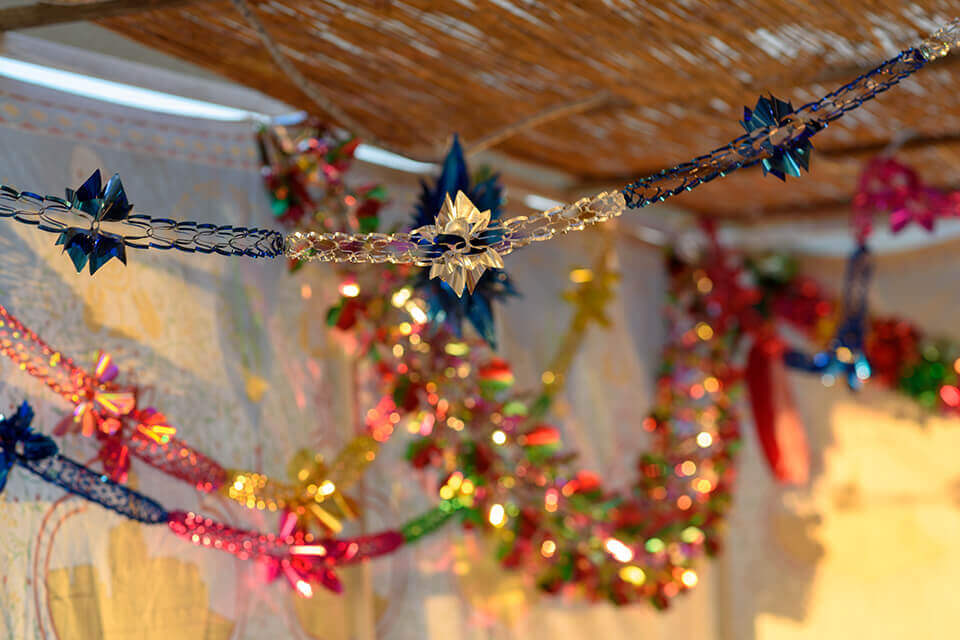It is clear that during the Ten Days of Penitence, we are meant to be on a higher spiritual realm. We recite Psalm 47 seven times prior to blowing the shofar on Rosh Hashana, symbolizing our piercing the seven levels of heaven to approach God in a unique way. At the end of the Ne’ilah service, with a few fleeting moments of Yom Kippur left, we cry out, “God is our Lord” seven times, which represents a return back through the seven levels of heaven back to normalcy.
Yet there are sources which view Sukkot as a continuum of that which was achieved on Yom Kippur. Psalm 27, which is recited twice daily in the liturgy from a month prior to Rosh Hashanah until Shemini Atzeret, references both Rosh Hashanah and Yom Kippur. “A psalm of David. The Lord is my light and my salvation. Whom shall I fear? (Psalms 27:1)” “My light” refers to Rosh Hashanah and “I fear” refers to Yom Kippur. Yet, later on the psalm, King David wrote, “For in the time of trouble He shall hide me in his Sukkah; under the cover of his tent shall He hide me; he shall set me up upon a rock” (Psalms 27:5).
Rabbi Meir Goldwicht, professor of Talmud at Yeshiva University, also notes this link in the liturgy around the Shema prayer. Prior to the Shema prayer we bless God “who selects His nation Israel with love.” This he says, refers to Rosh Hashana. After the three Biblical paragraphs of the Shema, we then bless God as the “redeemer of Israel.” This represents Yom Kippur. Afterwards we ask God to “spread over us the shelter (Sukkah) of his peace.” Rabbi Goldwicht suggests that Rosh Hashana is a festival where we declare our love for the Almighty, Yom Kippur is when He forgives us and redeems us. What does one do when they have just won a windfall, such as Divine atonement? We protect it, so we don’t lose it. Sukkot, he advanced, is that protection. Sukkot is a way of protecting the redemption of Yom Kippur. We exit the home and demonstrate our faith in His protection.
Copyright © 2018 NJOP. All rights reserved.
Related Posts
The Food of Yom Kippur
Food on Yom Kippur? Isn’t Yom Kippur the most famous fast day on the Jewish…
0 Comments2 Minutes
Is Sukkot Part of the High Holidays?
It is clear that during the Ten Days of Penitence, we are meant to be on a higher…
0 Comments3 Minutes
 Print This Page
Print This Page
